-
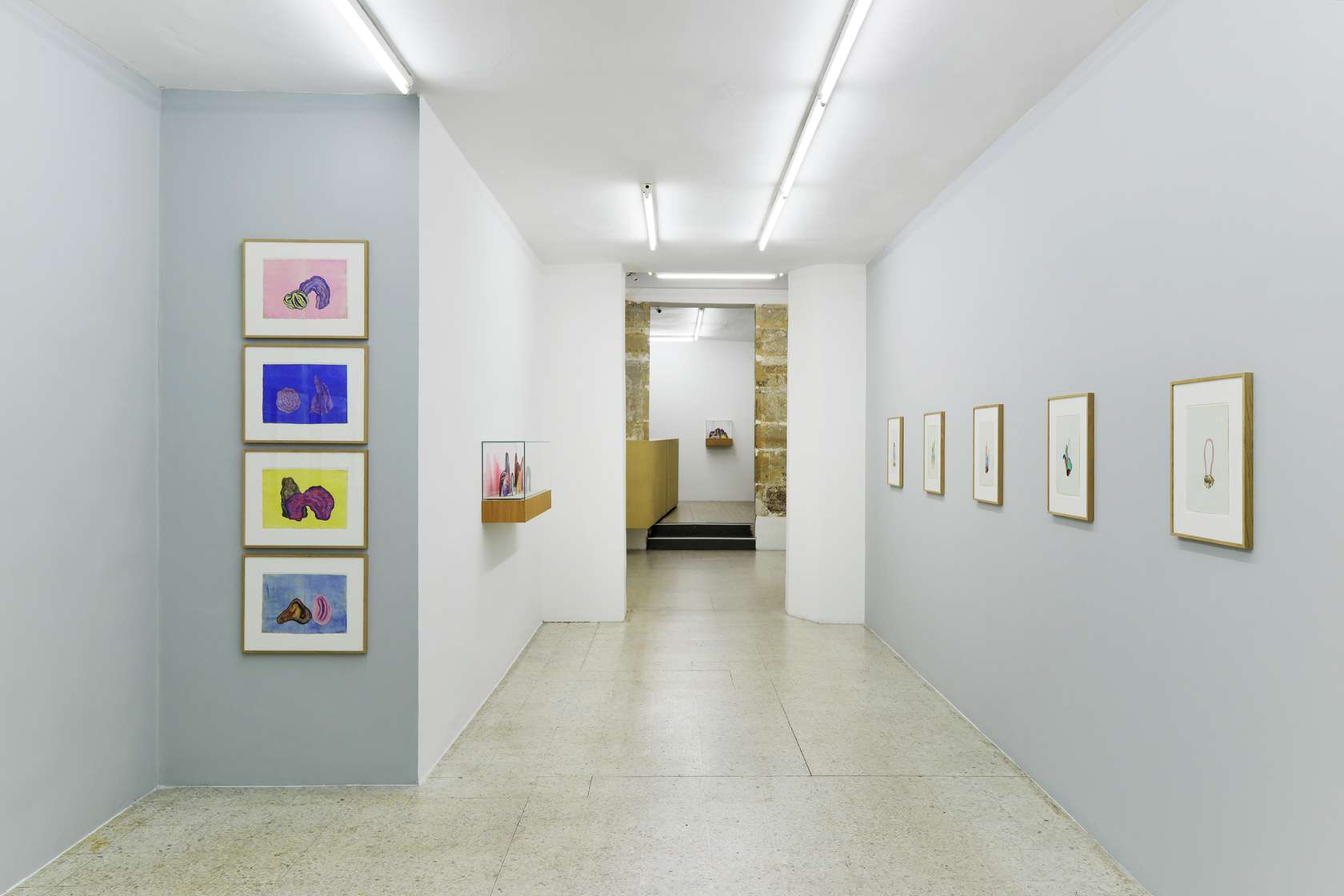 1/7
1/7
Guillaume Dégé, Guillaume Dégé
-
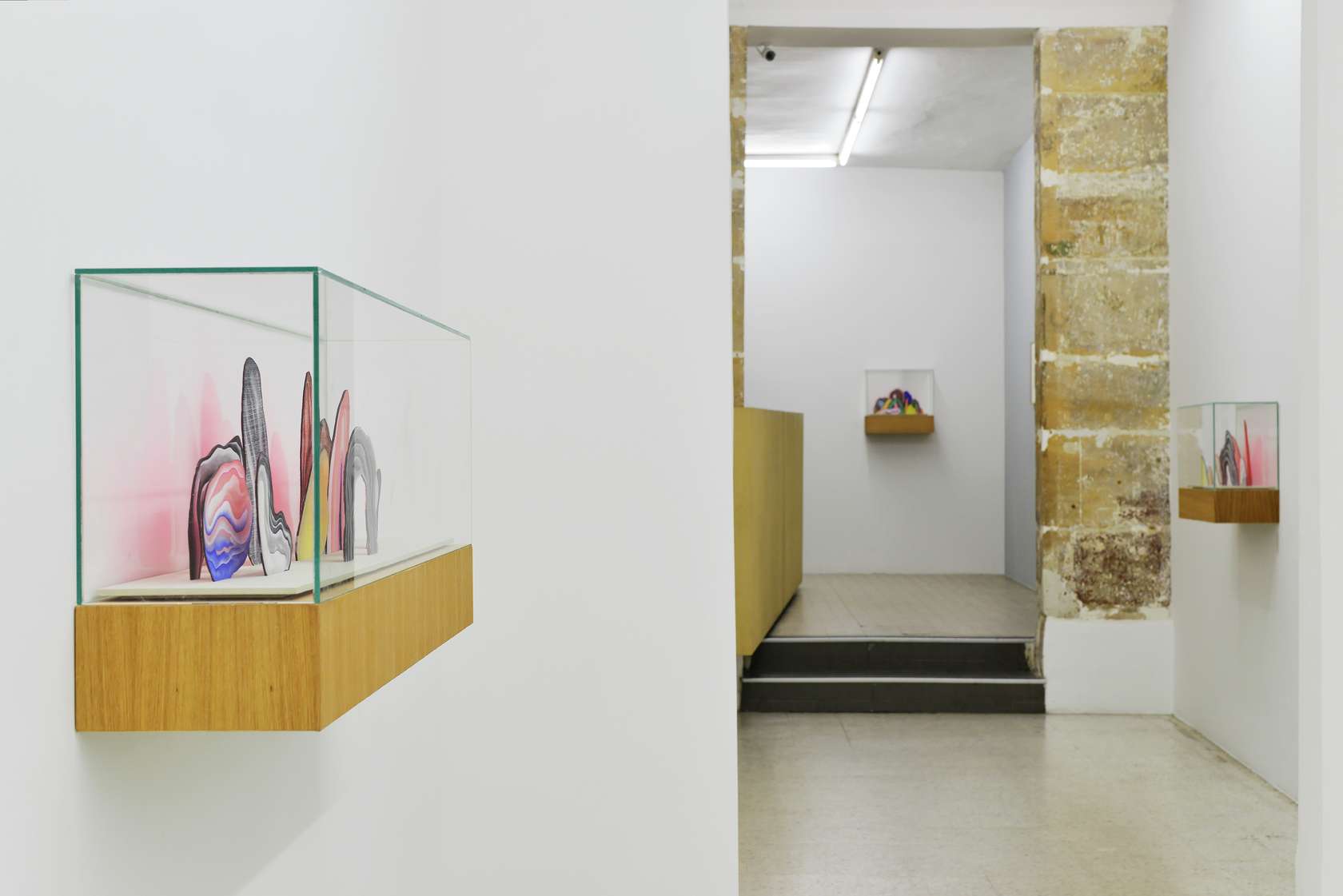 2/7
2/7
Guillaume Dégé, Guillaume Dégé
-
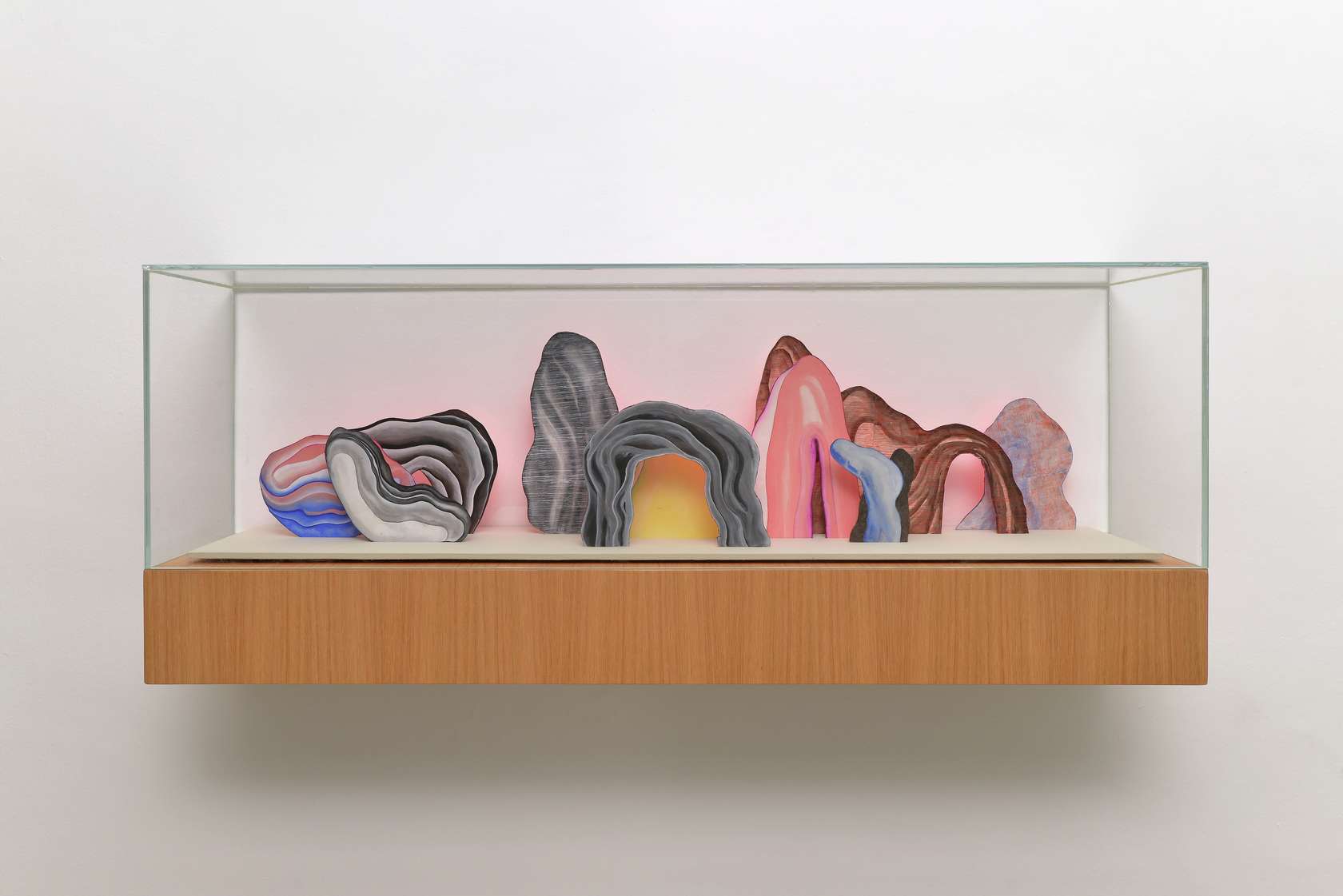 3/7
3/7
Guillaume Dégé, Guillaume Dégé
-
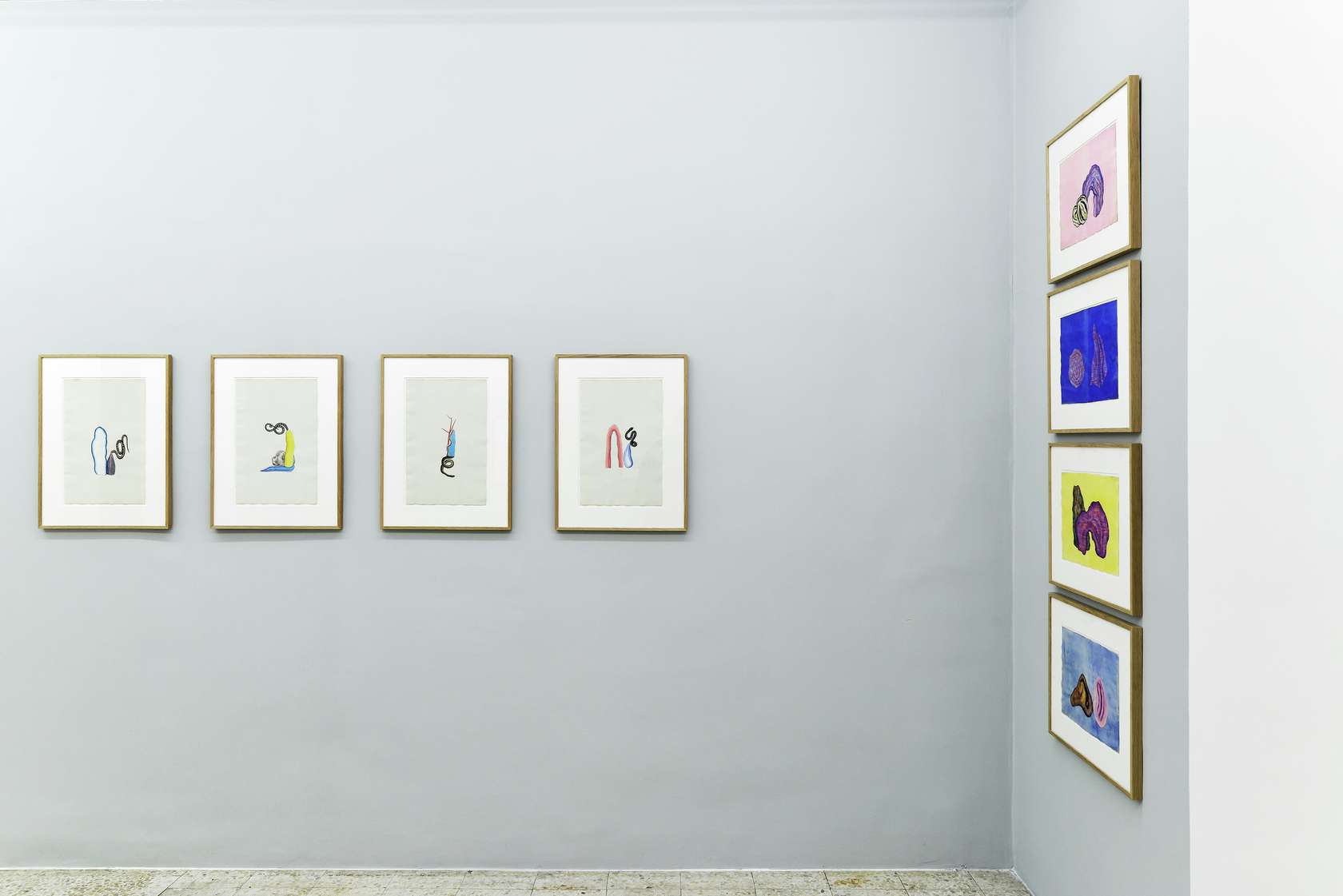 4/7
4/7
Guillaume Dégé, Guillaume Dégé
-
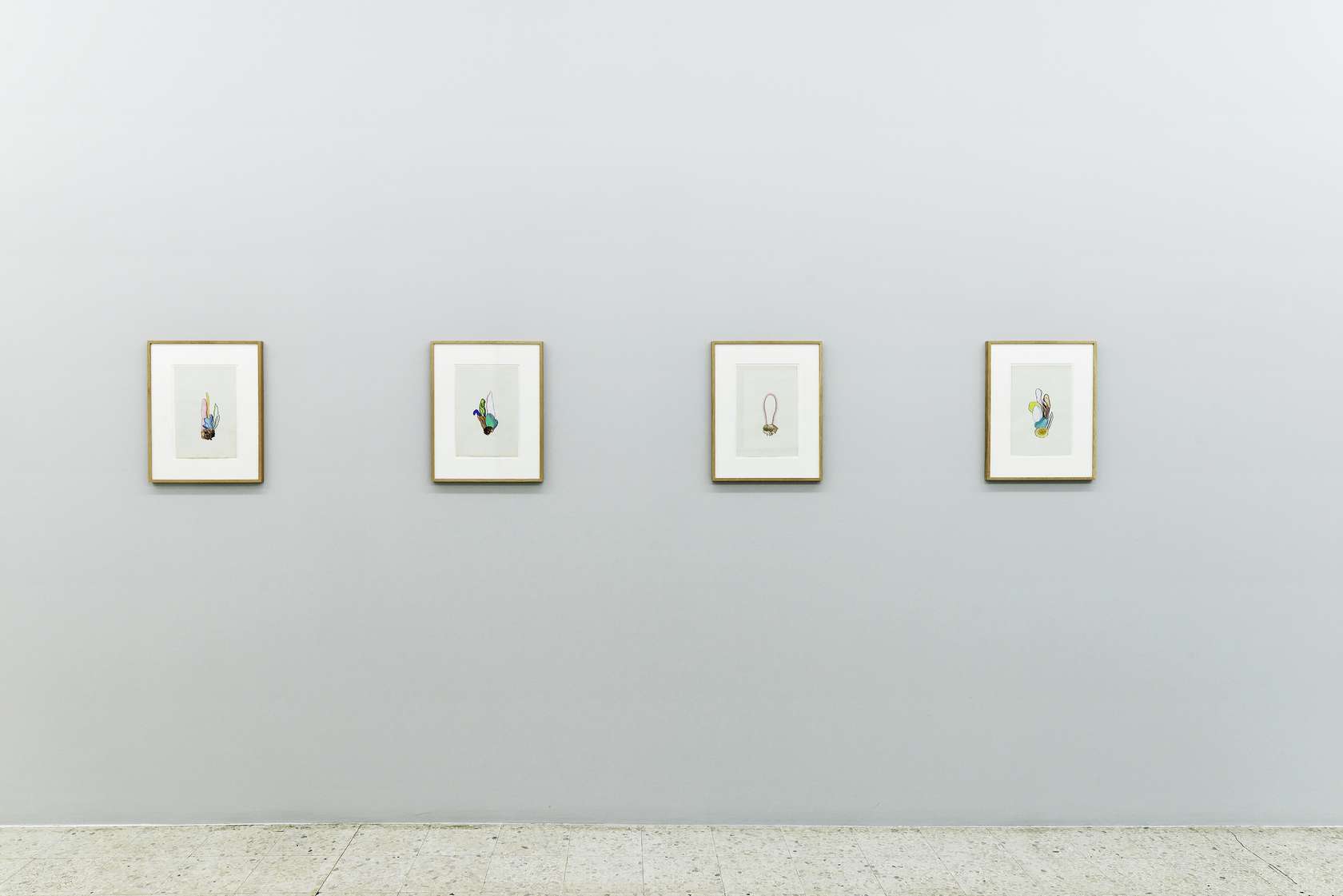 5/7
5/7
Guillaume Dégé, Guillaume Dégé
-
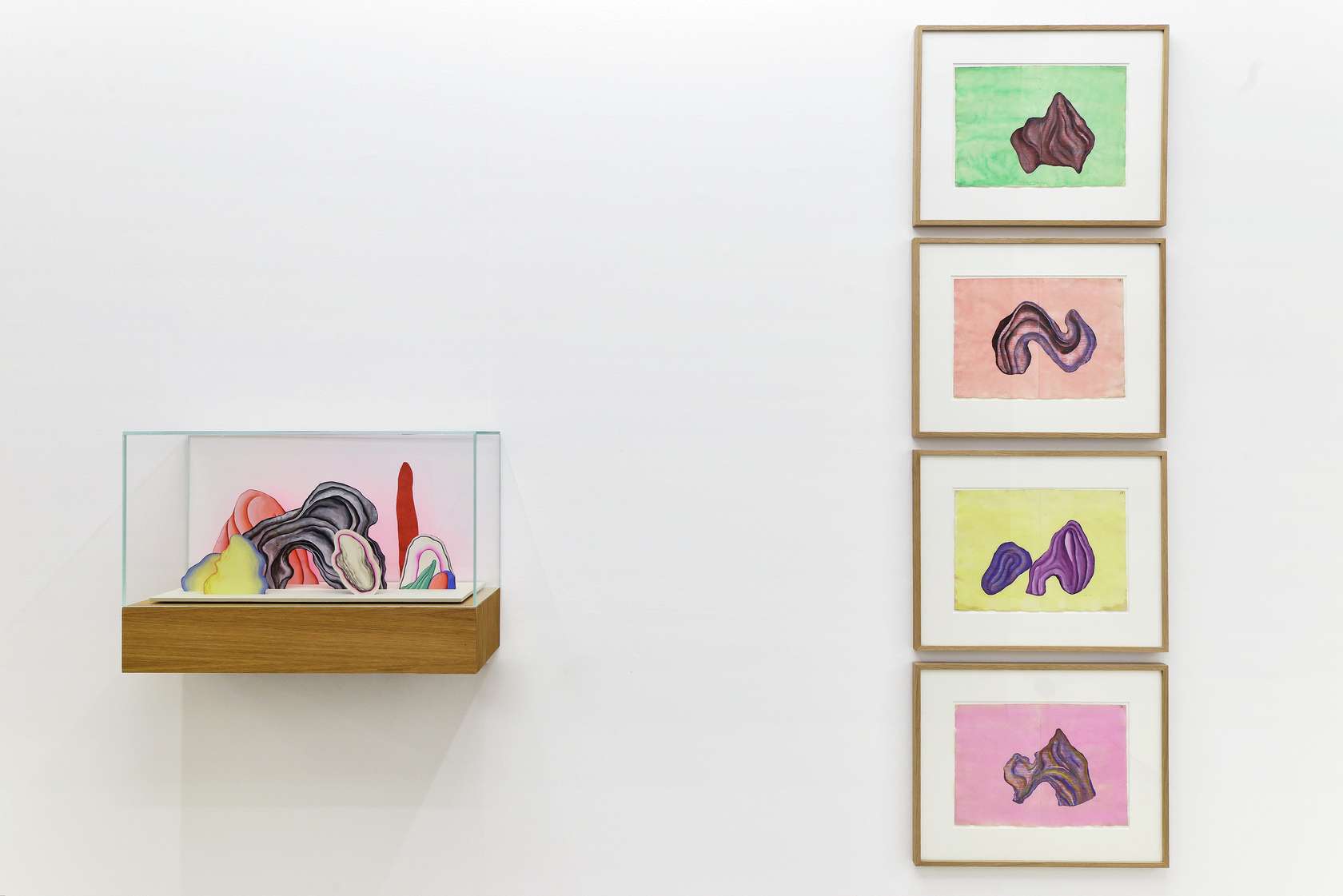 6/7
6/7
Guillaume Dégé, Guillaume Dégé
-
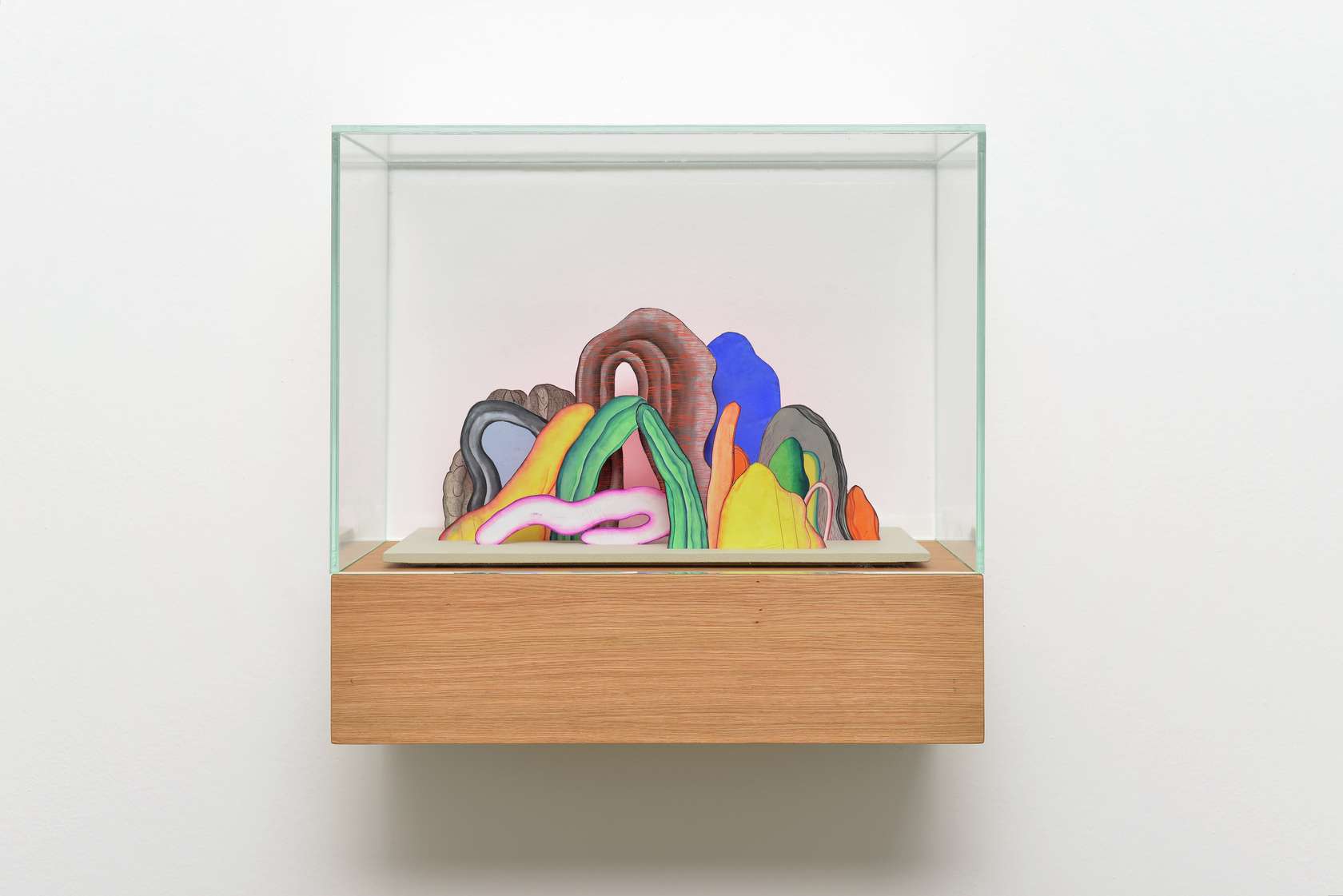 7/7
7/7
Guillaume Dégé, Guillaume Dégé
Semiose Gallery is delighted to present the fifth solo exhibition by Guillaume Dégé from 4 March to 8 April 2017.
A fundamental aspect of Guillaume Dégé’s oeuvre, are the antique papers dating from the 17th and 18th centuries upon which he places his compositions—collages of figures cut out from the engravings, around which drawings in colored pencil, gouache and watercolor are organized. There’s nothing nostalgic about his choice. No yearning for bygone times and the craftsman-like virtues of art. The support ceases to be merely the base for the artist’s expression and becomes an actor in the little scene played out in each oeuvre, with its color, texture, irregularities, accidents and flaws, everything that contributes to its history and its personality.
This unusual choice seems to me to integrate the artist’s works into a gigantic library, both real and ideal. I imagine this library as an immense book and each drawing as a page torn out of it. The pages on which Guillaume Dégé draws, which he wouldn’t have found anywhere else but in a book, bare the traces of this tearing. This library constitutes a reserve of available stories, whose texts and images are the starting point for other tales.
Guillaume Dégé’s works do not show objects from the natural world. They are born of his wanderings, both physical and imaginary. They are created as close as possible to the reader-spectator’s experience and remind us of the enjoyment to be found in activities concerning the acquisition of knowledge, pleasures of the mind, resulting from activating ones memory and imagination. Their only message is to defend culture as an infinite source of solitary joy. A joy that can be discussed, in which we can invite others to partake, but which each one is free to experience intimately as they view his oeuvres.
It has always intrigued me to find a kind of bubble-gum pink in so many of Guillaume Dégé’s drawings. The same applies to this current exhibition: the head of a squid—or maybe an extra-terrestrial?— protruding from what might well be a large blob of chewed bubble-gum. Elsewhere, a semi-deflated, spongy bubble in tones of pink seems to emerge from a bony orifice. This pink, due to its association with an object that is the incarnation of all its artifice and ambiguity, is the perfect example of the plastic character of the colors in Guillaume Dégé’s work. They are always bright and luminous, and evoke more man-made products than those conceived by nature, whose splendor is always under the threat of wilting. In Dégé’s case, his drawings assure the eternal freshness of his tones.
His lines are clear, but the identity of his objects is vague, sufficiently imprecise and yet sufficiently suggestive to incite the spectator to freely associate them with his own repertoire of mental images. Branches of coral, tentacles, flower petals, the tail of a comet… Naturals subjects are also evoked, but there too we find something plastic. Like a parallel kingdom to that of nature, which knows how to reproduce it in the least detail, but which enjoys the carefreeness and liberty of being able to escape from its laws, as well as the infinite capacity to change shape, modify itself, take on multiple colors, grow or shrink at will, break off and come back together and to disappear and reappear. There is a cartoon atmosphere in these drawings. In industrial terms, plastic is a material that allows every kind of fantasy. So it isn’t surprising that plastic jewelry should be known as fantasy jewelry and the colored shapes that flow from the artist’s hands have nothing to envy in this respect. And I’m sure he considers them with the same degree of frivolity.
The mindset of both critics and curators tends to expect some kind of critical point of view from artists and their oeuvre on the subject of a variety of extra-artistic topics. This discursive emphasis, which considers itself as the pursuit of a conceptual turning point, seems to me to be much more the symptom of the “spirit of seriousness” which has taken over the world of art over the past century and whose high priests offer to their flock missives of indulgence to remedy their problems of conscience. In opposition to this trend, I see another, to which Guillaume Dégé certainly belongs and which while leaving the connoisseur to do battle with his moral conflicts also allows him moments of pleasure and rest “in the same way as a comfortable armchair relieves physical fatigue” (Henri Matisse, 1908).
Vincent Simon
January 2017
Translation Chris Atkinson
Born in 1967, Guillaume Dégé lives in Strasbourg, where he teaches at the Haute école des arts du Rhin (HEAR). After studying Chinese at INALCO, he co-founded the publishing house “Les 4 Mers” (printed in China). His drawings appeared in Le Monde from 1994-2006, as well as in Beaux-Arts Magazine, Libération, Le Tigre, and the Saint-Eustache parish journal. He has written more than fifteen books, mainly published by Le Seuil and Gallimard. He is an inveterate art collector and connoisseur and has curated several exhibitions as well as featuring in numerous group and solo shows. Many of his drawings can be found in public collections (FRAC Ile-de-France, FRAC Haute-Normandie…) and he has been commissioned for several public projects including five animated films for the musée de la Chasse et de la Nature (Paris).